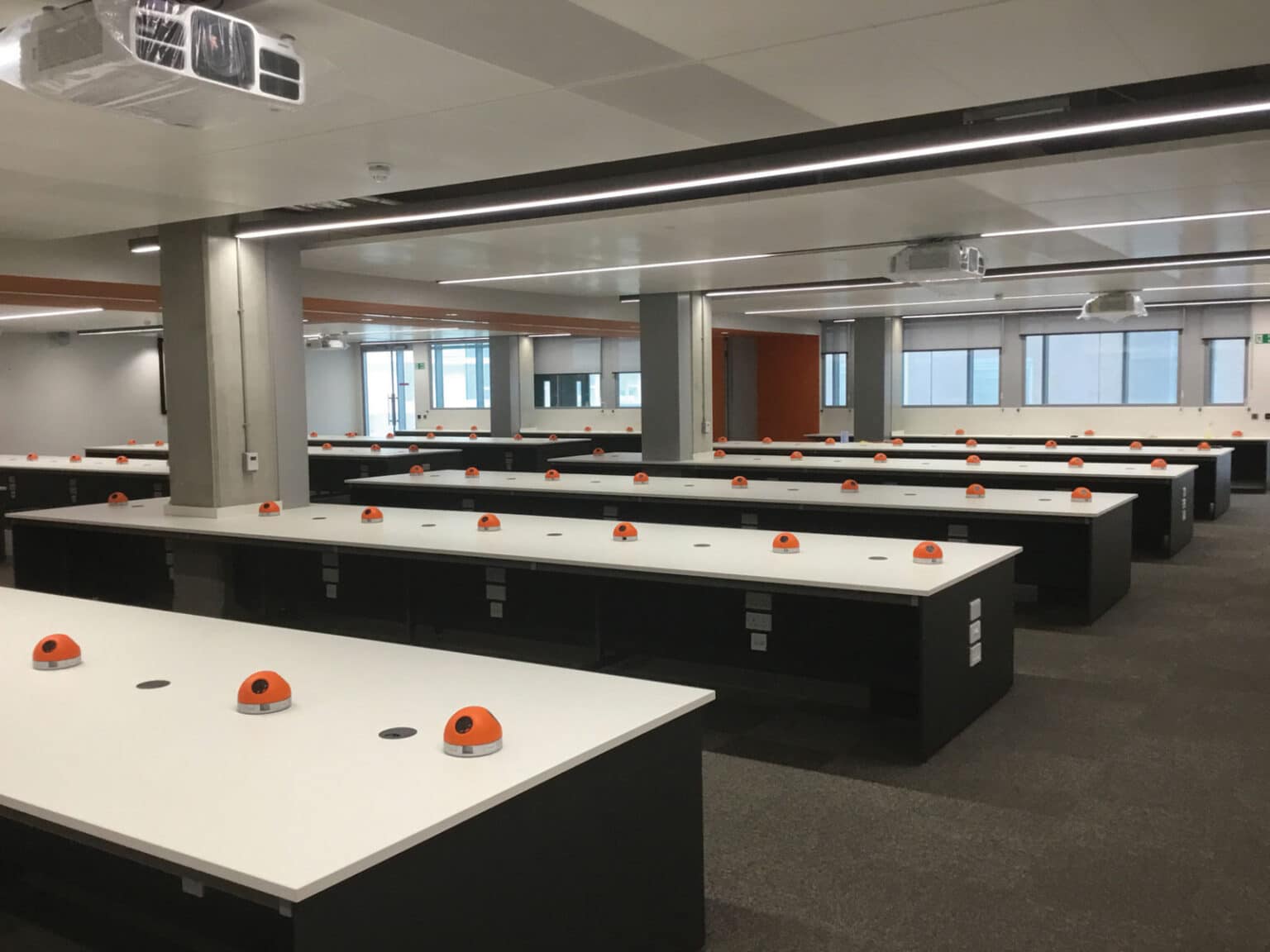
Designing Your School Science Classrooms
The design of school science classrooms is critical in creating a positive learning environment for students to excel in science subjects. The layout and features of the classroom should cater to the specific needs of students in a science class. Science classrooms should provide an atmosphere that encourages students to explore, investigate and learn through hands-on experiments, critical thinking, and observation. Here are some key design elements that should be considered when designing a school science classroom.
Space and Layout
The classroom space should be large enough to accommodate students and their laboratory equipment comfortably. Students need adequate space to move around the classroom and perform experiments without feeling cramped. The classroom should have proper lighting that is bright enough for students to see their work, but not so bright as to cause eyestrain. The layout of the classroom should be flexible to accommodate different teaching and learning styles. The teacher’s desk should be positioned in a way that allows for easy supervision of students and their activities.
Laboratory Equipment
A well-designed science classroom should have appropriate laboratory equipment to facilitate hands-on learning. The equipment should be arranged in a way that is easy for students to access and use. The classroom should have a dedicated storage area for laboratory equipment, and this storage area should be easily accessible for teachers and students. The equipment should be organized in such a way that it is easy to identify and locate. This will reduce the time spent searching for equipment and increase the time spent learning.
Safety Features
Safety is a critical concern in any science classroom. A well-designed science classroom should have safety features that ensure the safety of students and teachers. The classroom should ideally have an emergency shower and eyewash station in case of chemical spills or accidents. The classroom should also have suitable fire extinguishers and fire blanket for fire emergencies. The teacher should provide clear safety guidelines to students, and these guidelines should be displayed prominently in the classroom.
Interactive Learning Equipment
Interactive learning equipment, such as digital whiteboards, microscopes, and projectors, should be available in the classroom. These tools enable teachers to present scientific concepts in an engaging and interactive manner. Interactive learning tools help students to understand scientific concepts by providing visual and auditory stimulation. They also enable students to learn at their own pace, increasing their understanding and retention of scientific concepts.
Storage and Organisation
A well-designed science classroom should have ample storage space for laboratory equipment and supplies. The storage area should be organised in such a way that it is easy to locate and access equipment and supplies. The classroom should also have a dedicated area for storing textbooks and other teaching materials. This will help keep the classroom organised and reduce clutter, making it easier for students to focus on their work.
In conclusion, the design of school science classrooms plays a critical role in promoting hands-on learning, critical thinking, and scientific inquiry. The classroom should provide ample space, appropriate laboratory equipment, safety features, interactive learning equipment, and storage and organisation. These elements create a conducive environment for students to explore and learn science subjects. A well-designed science classroom enhances the learning experience and prepares students for future scientific pursuits.
InterFocus can help you build the laboratory workshop that’s perfect for you and your team. For more information about our bespoke science classroom fitted labs, visit our homepage or call our team on 01223 894 833.
